We’ve all done it, tucked away free stuff with the thought that it might come in handy one day. Whether it’s from a hotel, a store giveaway, or an old electronics box, these small items somehow find their way into our drawers, closets, and garages. While most of them rarely see the light of day again, they carry that hopeful “just in case” energy. Here are eleven free items people can’t seem to throw away, even though their usefulness remains mostly imaginary.
1. Free Tote Bags from Events
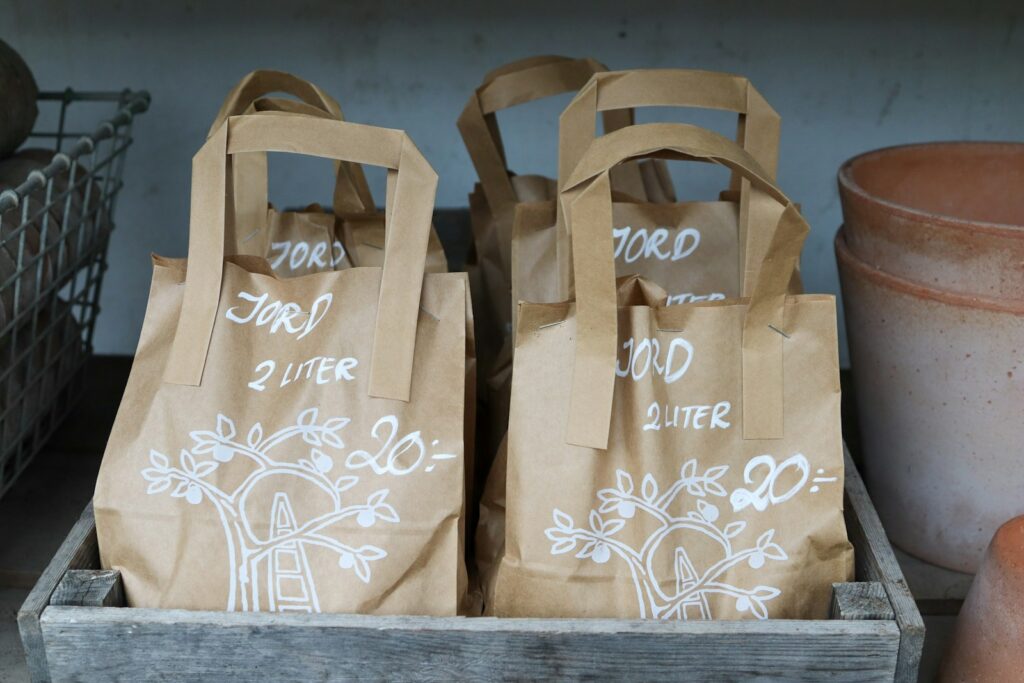
Free tote bags started appearing in large numbers during the early 2000s, especially at trade shows, conferences, and festivals. People keep them thinking they’ll use them for groceries, beach trips, or storage. The irony is that these bags often multiply faster than they’re used. Many homes have a stash of totes stuffed inside other totes, collecting dust. Even as eco-friendly alternatives to plastic, most of them end up forgotten in closets or car trunks, waiting for that mythical day of purpose.
2. Hotel Toiletries and Mini Soaps

Tiny shampoo bottles and wrapped soaps have been hotel staples since the 1950s, introduced to make guests feel pampered. Travelers love taking them home because, why not? They’re free, cute, and practical… in theory. But after years, these tiny bottles accumulate in bathroom drawers. People convince themselves they’ll be perfect for guests or travel emergencies, yet they rarely get used. Over time, many even dry up or leak, leaving a soapy mess instead of saving money or space.
3. Old Phone Chargers and Cables
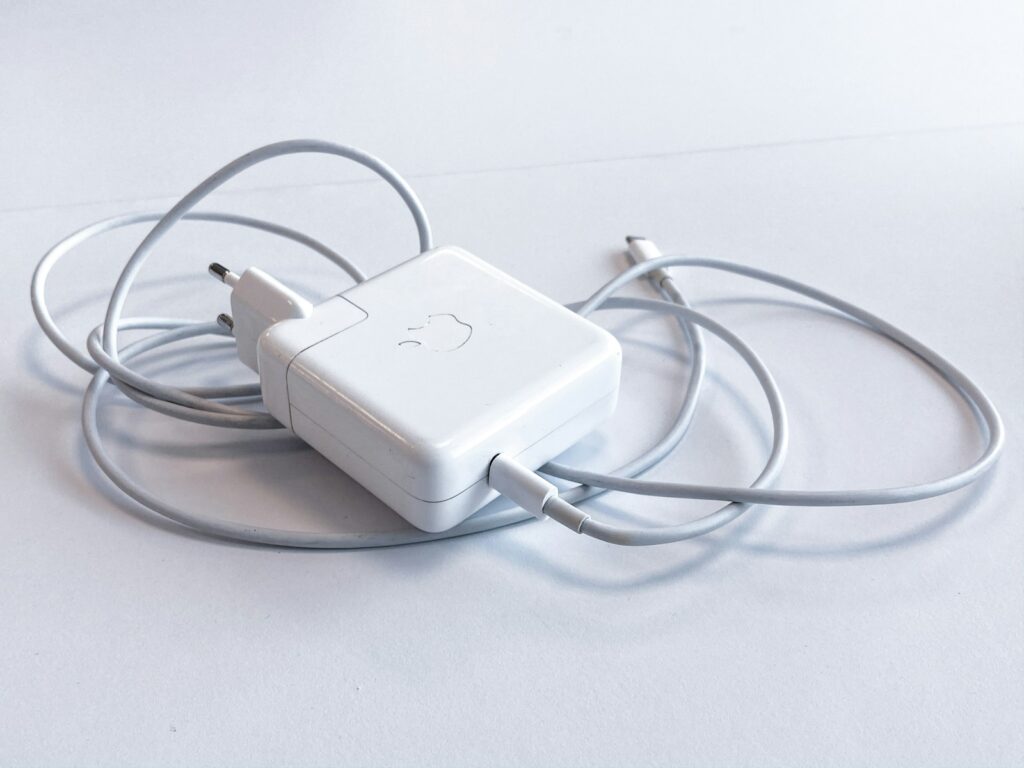
Since the rise of smartphones in the late 2000s, technology upgrades have created a surplus of outdated cords and adapters. People hoard them, thinking, “I might need this one day,” even when the devices they fit no longer exist. A drawer full of tangled chargers has become a universal modern sight. Some even keep cords for phones from brands that went extinct years ago. Despite advances like wireless charging, we still cling to these relics, haunted by the fear of someday needing that exact plug.
4. Free Pens from Banks and Businesses
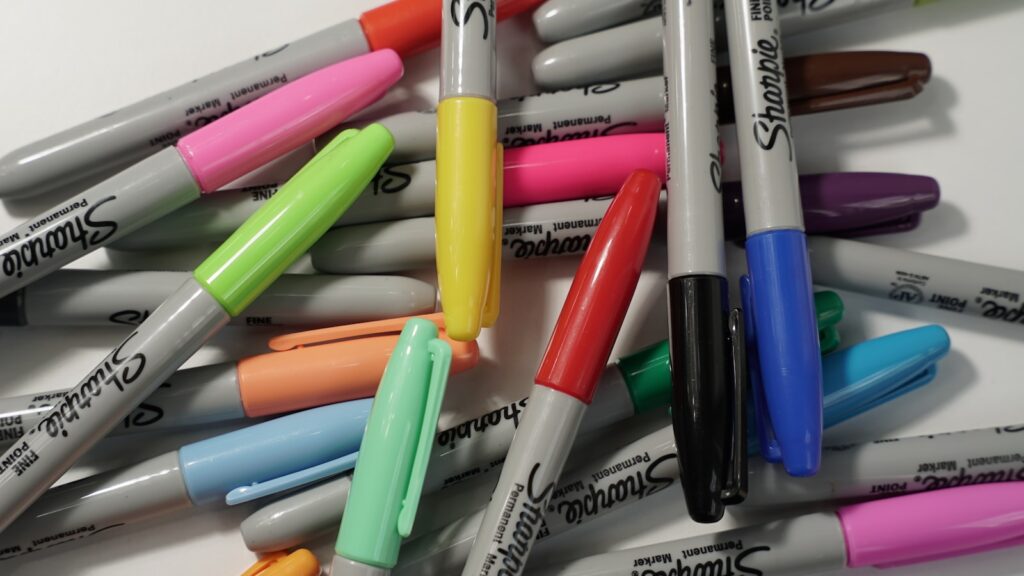
Businesses began giving out promotional pens in the 1970s as inexpensive marketing tools. Since then, they’ve found permanent homes in nearly every junk drawer. People keep them because “you can never have too many pens,” yet most of them barely work. Some leak, others run dry after a few words, but they never seem to make it to the trash. Even with the digital age reducing handwriting, free pens continue to pile up small, disposable tokens of a marketing strategy that refuses to die.
5. Plastic Food Containers from Takeout
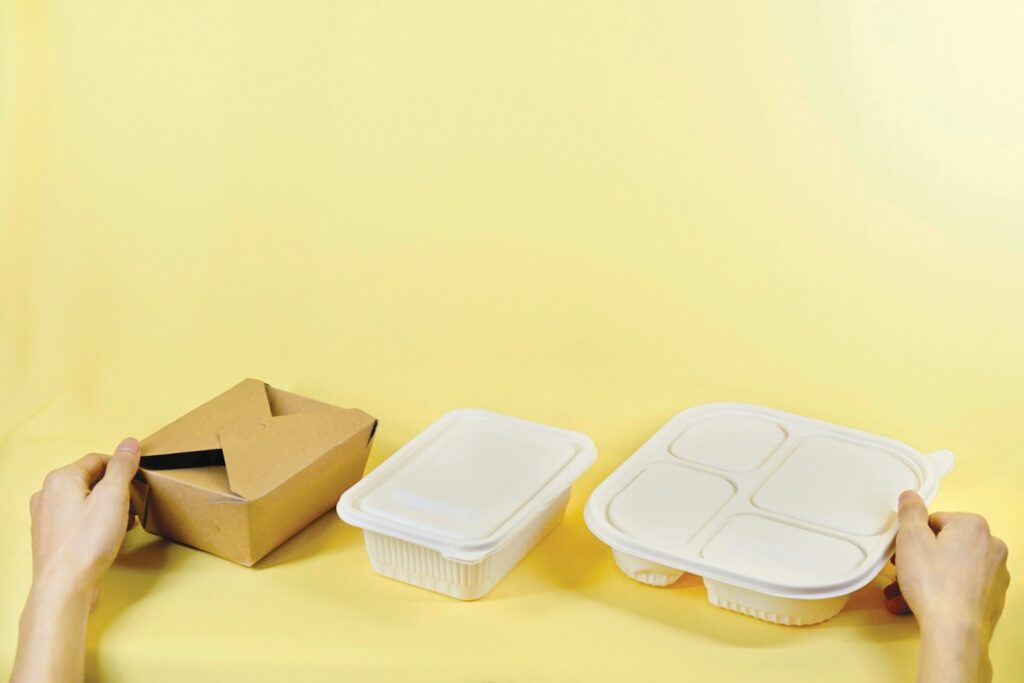
Plastic containers became popular in the 1980s with the rise of takeout dining. Instead of recycling or tossing them, people store them for future use leftovers, crafts, or “something.” Before long, cabinets overflow with mismatched lids and stained tubs. These containers rarely see consistent reuse; most just take up valuable kitchen space. Ironically, when people actually need to store something, they often buy new ones. It’s a classic case of potential usefulness outweighing actual practicality.
6. Free Calendars from Shops and Clinics

The tradition of giving free calendars started in the early 1900s as a way for businesses to advertise year-round. Even today, people keep these glossy wall calendars from local pharmacies, insurance agencies, or grocery stores. Many think they’ll hang them later or use them for note-taking, but they usually end up stacked in drawers or left unopened. Despite phones now handling all scheduling, people hold onto these paper relics, half nostalgia, half hope that they’ll finally need one next year.
7. Gift Bags and Tissue Paper
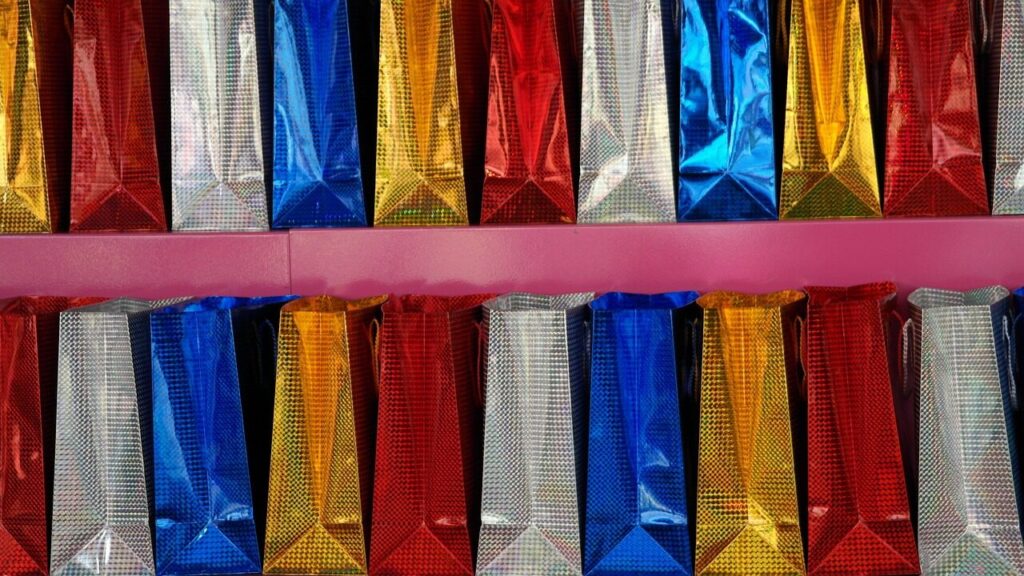
Gift bags became popular in the 1980s as convenient alternatives to wrapping paper. People rarely throw them away, instead folding and saving them for the “next gift.” Over time, closets fill with dozens of mismatched designs and crumpled tissue sheets. Though it seems thrifty, many forget to reuse them or buy new ones anyway when the time comes. It’s a never-ending cycle of storage and neglect, fueled by the harmless belief that saving them is somehow responsible.
8. Free Magnets from Real Estate Agents or Restaurants
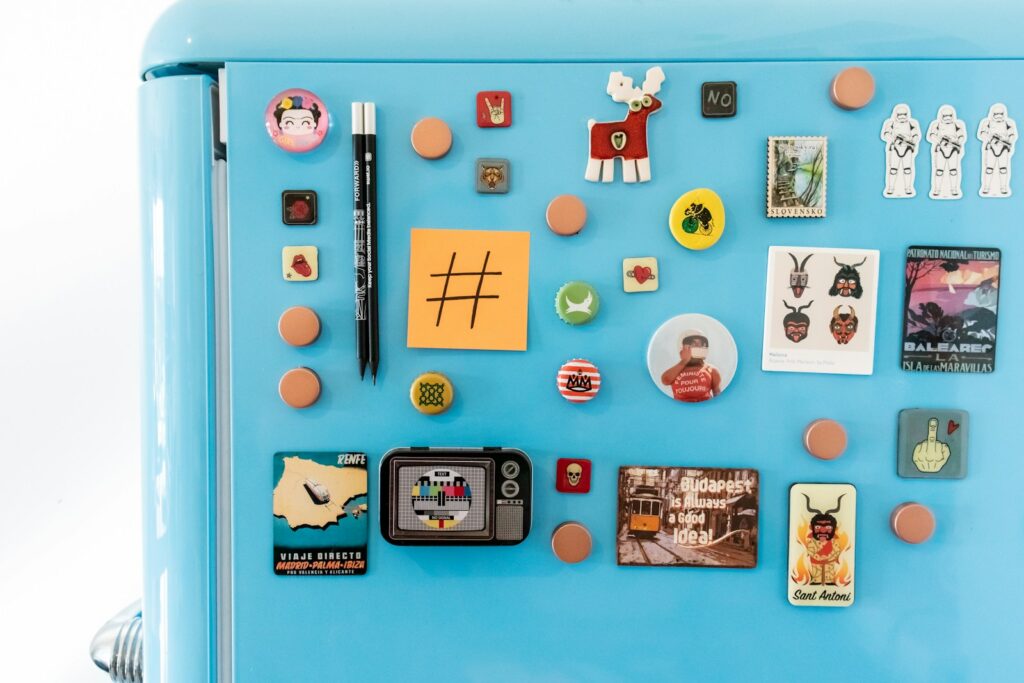
Since the 1990s, refrigerator magnets have doubled as advertisements for local businesses pizzerias, plumbers, or realtors. They often end up covering entire fridge doors. People rarely use them to hold notes anymore, but tossing them feels oddly wrong. Each magnet is small and harmless, yet collectively they clutter kitchen spaces. They’re reminders of services you’ll probably never call, but they stay put because they’re free, and after all, who throws away a perfectly good magnet?
9. Instruction Manuals and Warranty Papers
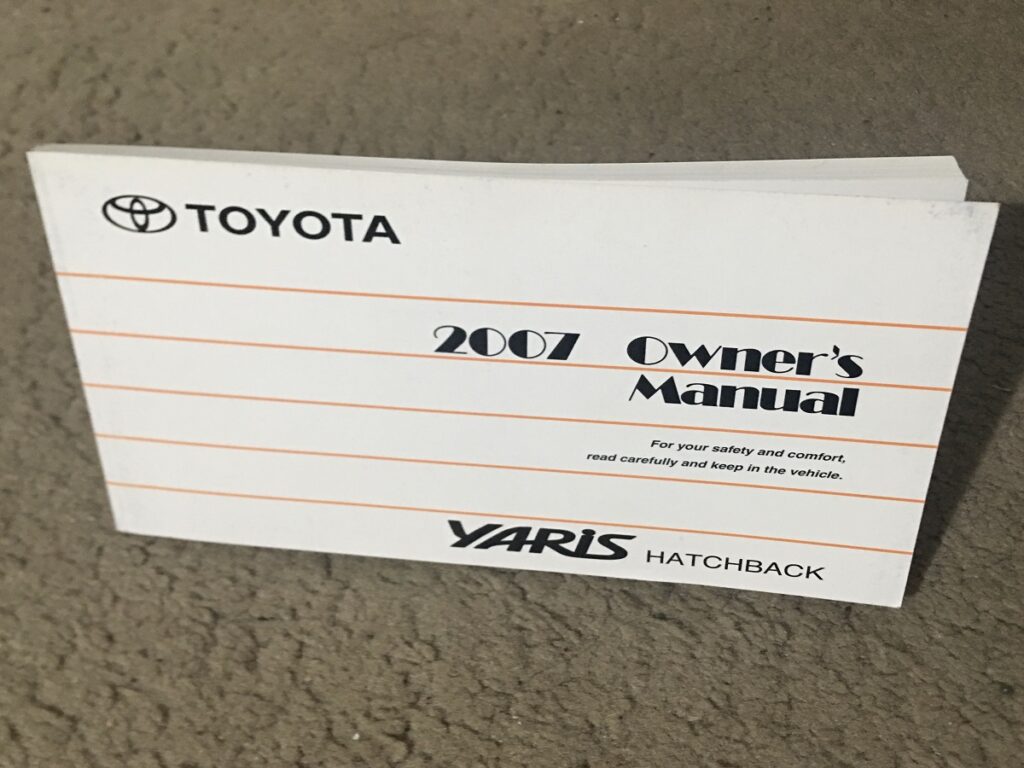
Printed manuals became standard with household products in the mid-20th century. Even though most information is now online, people still keep the original booklets “just in case.” Drawers and folders bulge with paper instructions for devices that might not even work anymore. It feels wasteful to throw them away, even when you know you’ll Google any issue instead. This cautious habit reveals our deep-seated need to feel prepared, even when practicality says otherwise.
10. Free Sample Packets of Lotion or Coffee
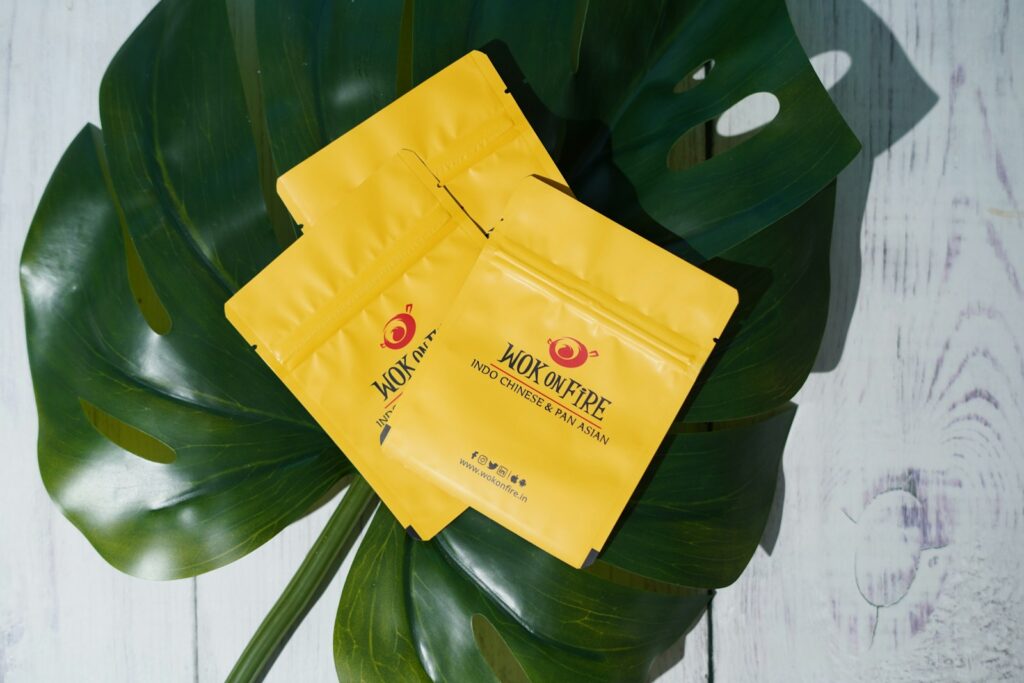
Free sample culture took off in the 1970s, allowing brands to introduce new products cheaply. People collect these sachets at stores, fairs, or in mailboxes, thinking they’ll try them later. Months or years pass, and they remain unopened in drawers or handbags. Whether it’s a lotion packet or instant coffee mix, the same logic applies: “It’s free, so it must be useful someday.” Sadly, expiration dates usually arrive long before that day ever comes.
11. Old Keys with Forgotten Locks
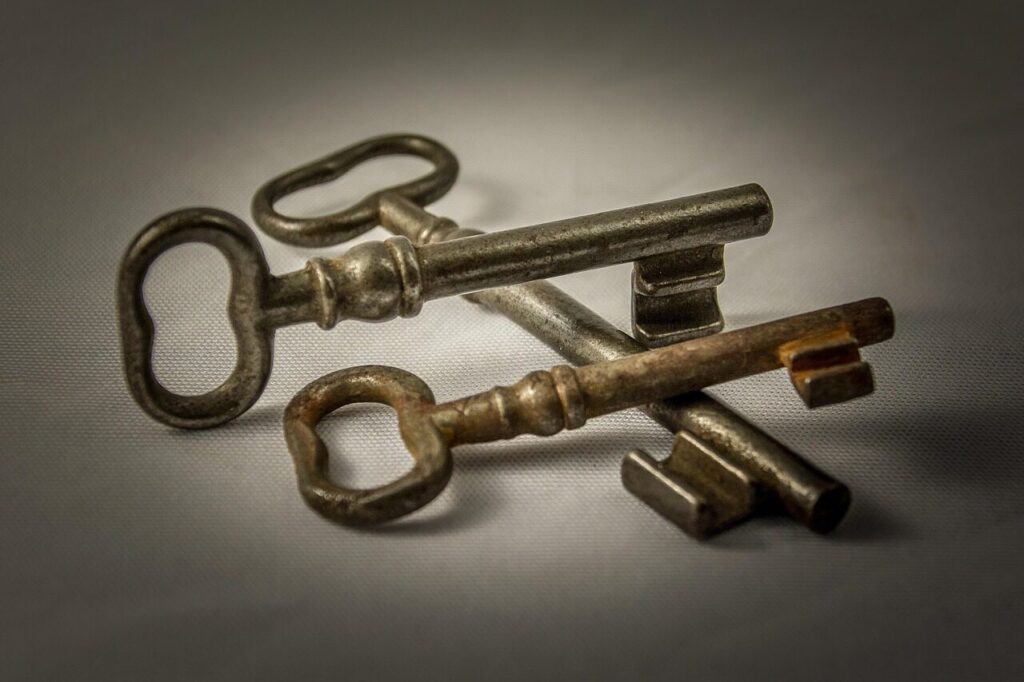
Keys have symbolized ownership and access since ancient times, but in modern homes, they often lose their purpose. People stash unmarked keys in bowls or drawers, convinced they’ll someday remember what they open. Over time, they become metal mysteries, kept more from curiosity than need. Most belong to forgotten padlocks, storage units, or cars long gone. Still, throwing them away feels final, like giving up on solving a puzzle. So they remain, small relics of past usefulness that never quite return.
Comments